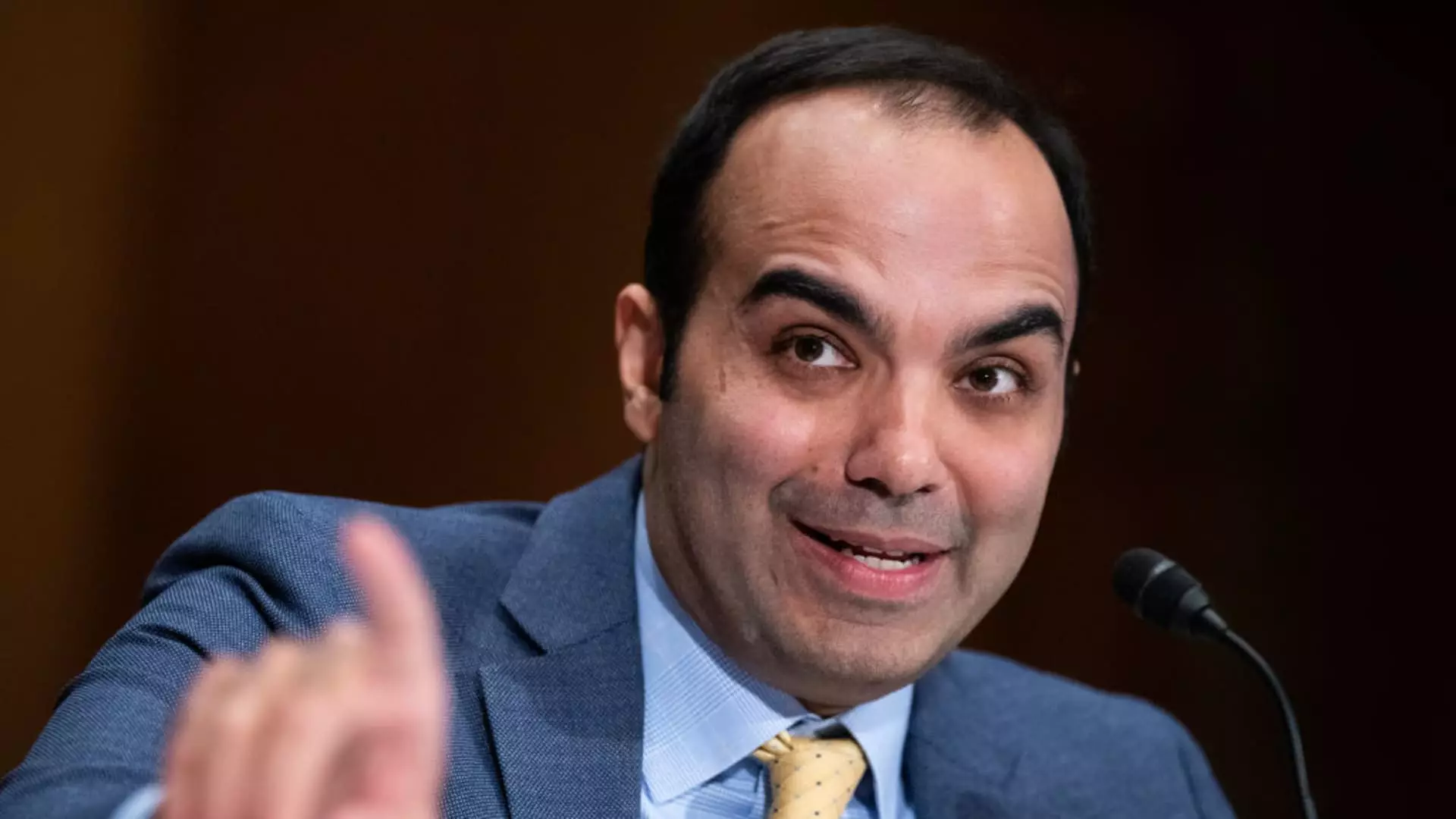The landscape of financial services is undergoing a profound transformation, largely fueled by the rise of digital payment systems. As consumers increasingly rely on mobile payment applications and digital wallets, the need for robust oversight has become undeniable. In a recent development, the Consumer Financial Protection Bureau (CFPB) issued a finalized rule that closely examines nonbank firms providing these services. This decision highlights the necessity for regulatory frameworks to adapt in response to the changes in consumer behavior and technological advancements in the financial sector.
The CFPB’s new rule subjects nonbank entities that manage financial transactions—specifically, those conducting over 50 million transactions a year—to the same rigorous scrutiny traditionally reserved for banks and credit unions. This move extends the Bureau’s authority, facilitating proactive examinations of these companies. The aim is to ensure that they operate in compliance with existing financial laws, thereby fostering a safer environment for consumers who utilize digital platforms for their everyday transactions.
The implications of this rule are far-reaching, as it involves prominent tech companies and digital payment platforms such as Apple Pay, Google Pay, Amazon Pay, and established fintech firms like PayPal, Block, Venmo, and Zelle. This regulatory adjustment also aligns with a substantial trend where consumers increasingly treat mobile payment apps as alternative banking solutions, further blurring the lines between traditional banking and digital finance.
The CFPB noted a remarkable shift in how Americans manage their finances, emphasizing that digital payment systems are no longer perceived as mere novelties. With over 13 billion consumer payments being processed annually through popular apps, these tools have emerged as critical financial instruments—especially among low- and middle-income users. This demographic has adopted these services not just for convenience but as fundamental resources for managing their financial transactions, from peer-to-peer transfers to everyday purchases.
Reflecting on this consumer behavior, CFPB Director Rohit Chopra underscored the importance of adapting regulatory measures to meet the evolving demands of the marketplace. The assertion that “Digital payments have gone from novelty to necessity” encapsulates the bureau’s recognition of the integral role such technologies play in consumers’ financial lives.
While the CFPB’s previous proposals aimed to extend oversight to a broader range of companies—initially targeting firms processing just 5 million transactions—the final threshold was raised to 50 million. This narrowing of focus demonstrates the complexities involved in regulating innovative technologies without stifling their growth. Among the seven firms that now fall under scrutiny, various well-established players dominate the landscape, suggesting that the regulatory shift is strategically calculated to balance consumer protection and market expansion.
This careful delineation raises questions about the exclusion of payment services restricted to specific retailers, such as Starbucks. The ambiguity surrounding these exclusions could lead to further discussions about fairness in the regulatory environment, as smaller payment platforms may operate with fewer obligations, while larger competitors bear the weight of increased scrutiny.
Industry Response and Future Implications
Notably, the banking sector has shown rare support for increased oversight of technological firms encroaching upon its territory. Historically skeptical of nonbank financial services, traditional banks recognize the necessity for an equitable regulatory landscape that properly addresses the risks associated with digital transactions. This consensus signals potential for collaborative relationships between regulators and financial institutions moving forward.
As the rule is set to take effect 30 days post-publication in the Federal Register, it remains to be seen how the imminent change in administration may influence its implementation. However, the existing trajectory suggests a growing emphasis on consumer protections that align with the dynamics of an increasingly digital marketplace. The ability of the incoming leadership to adapt to these regulatory challenges will be pivotal in shaping the future of financial services in America.
The CFPB’s initiative to more carefully supervise nonbank financial firms illustrates a proactive stance toward consumer protection in a rapidly evolving digital financial environment. This regulatory evolution not only underscores the importance of oversight but also recognizes the vital role of technology in constructing a safe and accessible financial ecosystem for all consumers.

